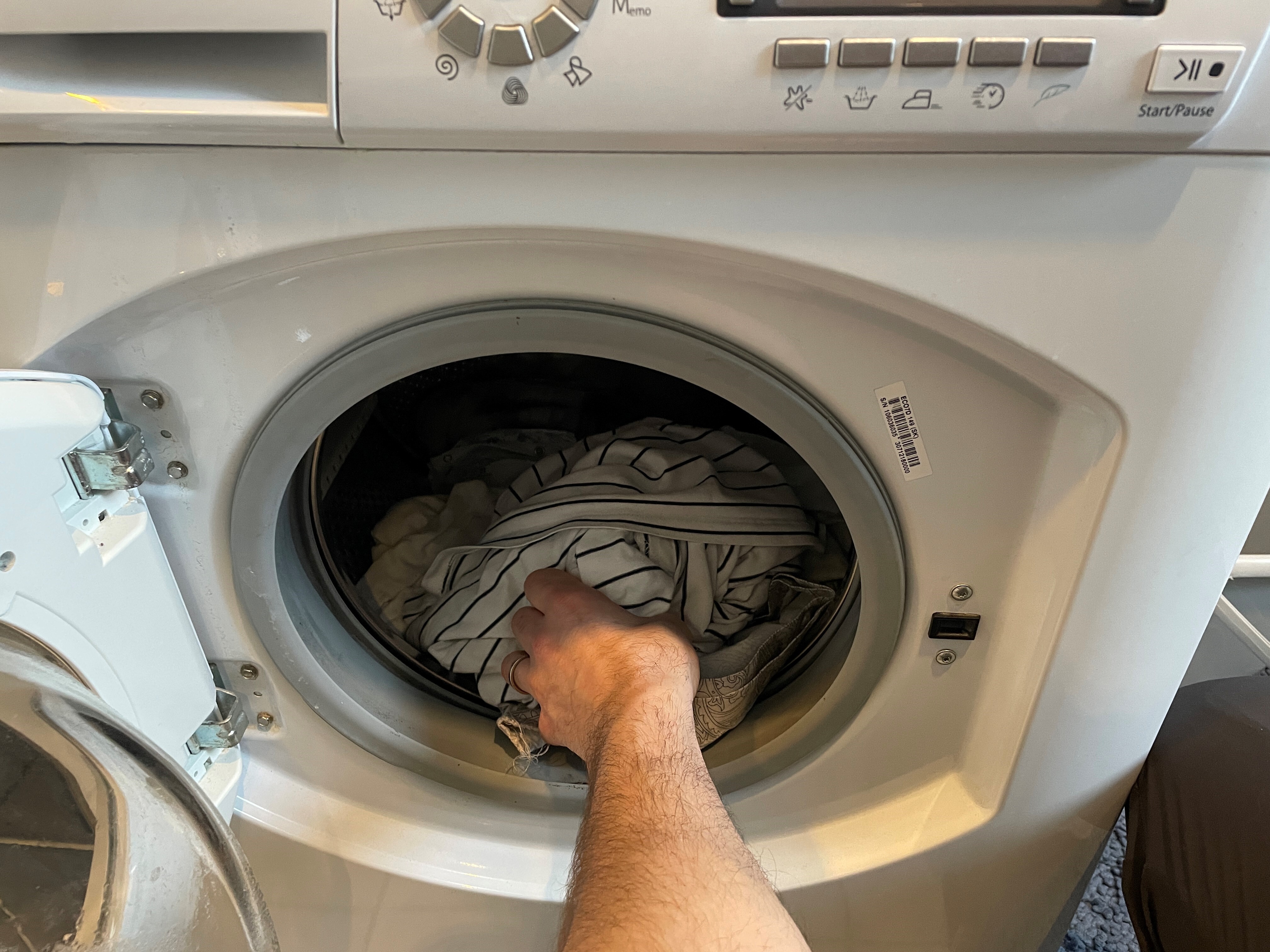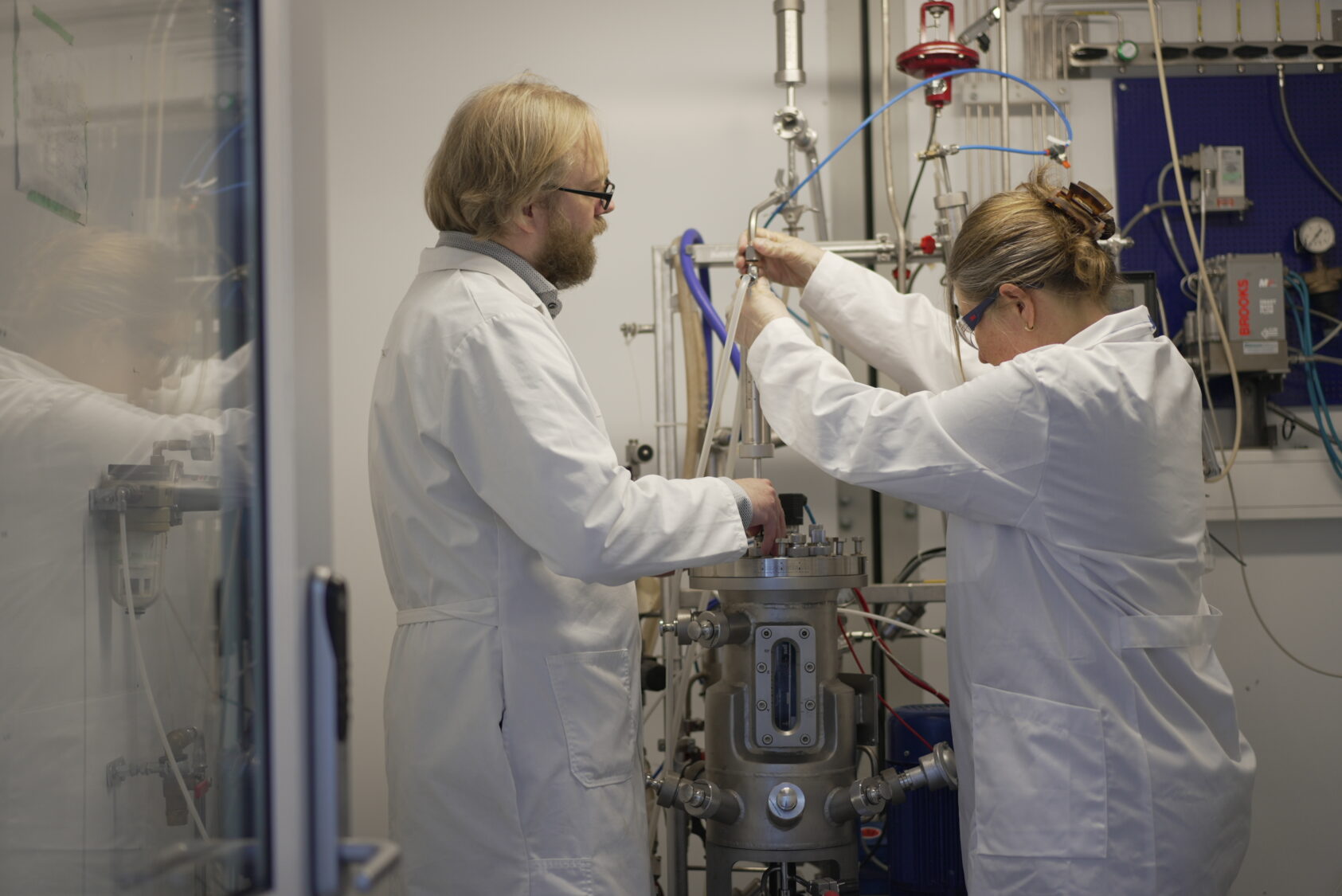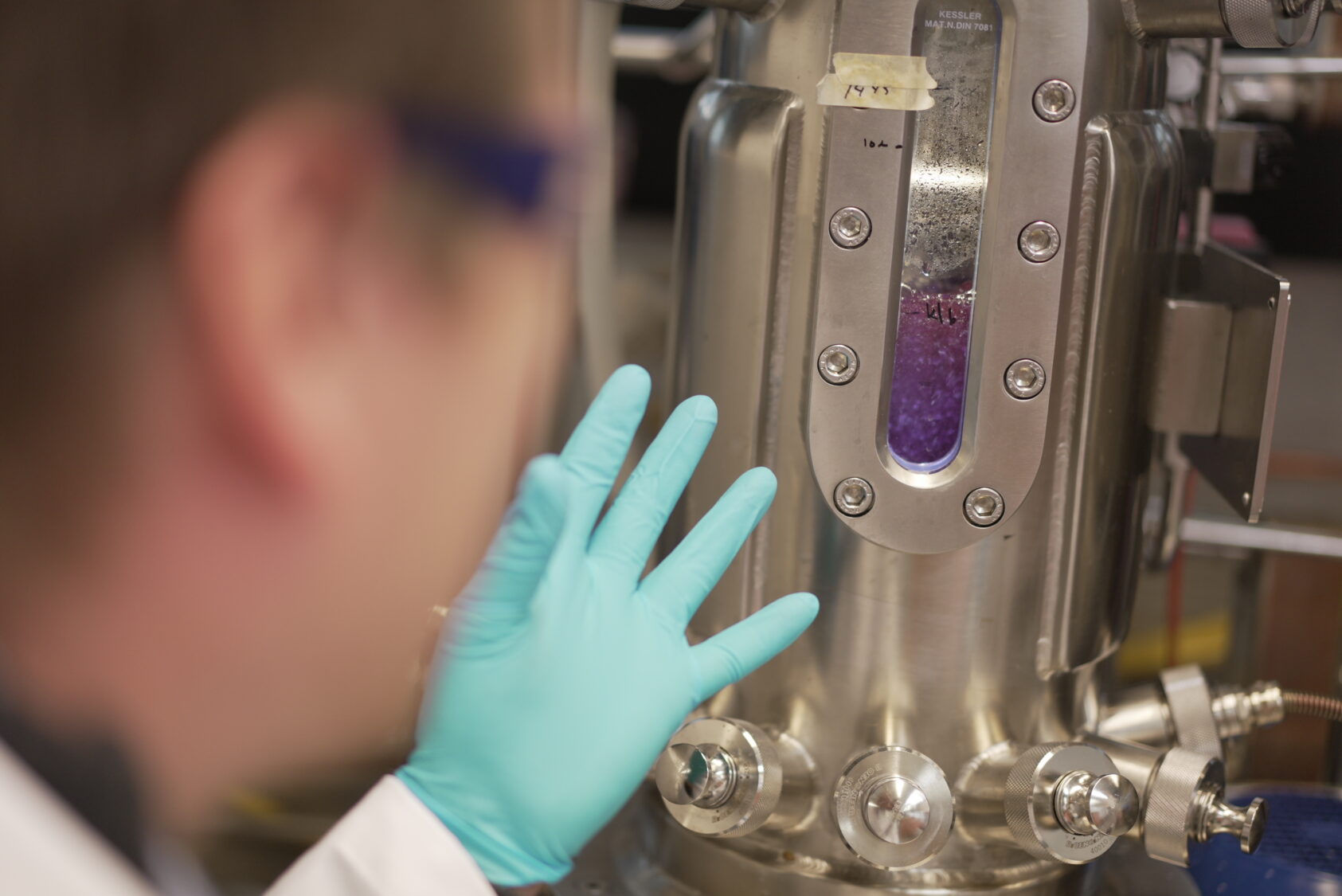Grease, food stains and dirt on clothing. If you have children, you can relate. If not, go ask your parents if they remember. Normally, you would wash clothes like this at 40 or 60 degrees, but you would not expect a wash at 25 degrees to be as efficient. However, washing your clothes at 25 degrees is already a reality in some countries, and soon it might be the same in Europe.
The advantages are clear. You don’t need to heat water to 60 or 90 degrees and thus you won’t need the same amount of energy when you do the laundry. The problem? You need enzymes that work as efficiently at colder temperatures so that you can expand the range of stains that can be removed at lower temperatures and be assured that your dirty t-shirt actually gets clean.
– The enzymes used for detergents today only work best at high temperatures, like 60 degrees, but now we want enzymes in detergent to work at low temperatures with the same effect, Nikola Lončar says as he explains that many enzymes are highly sensitive to temperature and thus risk losing their properties at around 40 degrees Celsius.
Lončar is CEO at Gecco, a Dutch company that works on making advanced enzyme technologies applicable in everyday products. Gecco is also involved in the EU-funded project OXIPRO, coordinated by NORCE. 15 partners from 11 countries are collaborating to develop new enzymes – specifically oxidoreductases – that work efficiently at low temperatures and can be used for environmentally-friendly consumer products.



